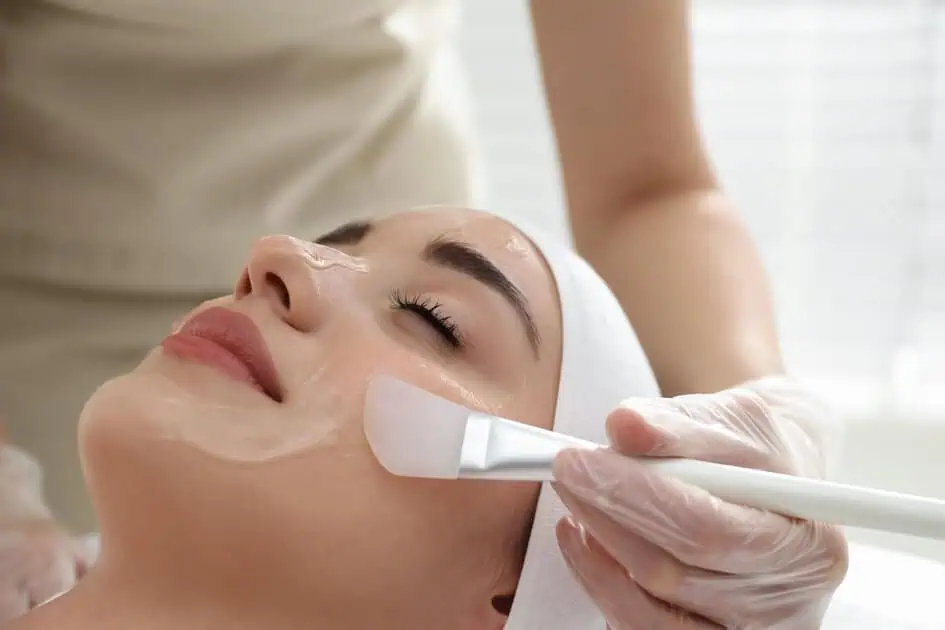Table of Contents
Initially a medical treatment, intravenous (IV) therapy has now branched into wellness and preventive health realms. Its effectiveness in directly delivering nutrients, vitamins, and hydration to the bloodstream has led to its increased popularity for a variety of wellness objectives. Consequently, a key question arises: How often is it ideal to undergo IV therapy for optimal benefits?
Understanding IV Therapy
IV therapy efficiently delivers fluids, vitamins, and, at times, medications straight into the bloodstream, a method that significantly surpasses the limitations of the digestive system. By directly entering the circulatory system, this approach ensures maximum absorption of nutrients and medications, providing a more potent and immediate effect. This direct delivery system is particularly advantageous over oral supplements, as it allows for faster and more pronounced results, making it an effective solution for immediate nutrient replenishment and therapeutic interventions.
Factors Influencing IV Therapy Frequency
The frequency of IV therapy depends on several individualized factors:
- Personal Health Goals: The purpose behind the IV therapy – whether for general wellness, boosting energy, or specific health concerns like immune support – greatly influences the frequency of treatments.
- Physical Condition and Medical History: Individual health conditions and medical histories play a crucial role in determining how often IV therapy should be administered. It includes considering any chronic conditions, nutritional deficiencies, or recovery from illness.
- Type of IV Therapy: Different formulations of IV therapy, such as nutrient-rich cocktails, hydration solutions, or treatments targeting specific issues like migraines or fatigue, require different frequencies.
- Lifestyle Factors: Elements like stress levels, dietary habits, exercise routines, and overall lifestyle can impact how often IV therapy is beneficial. For instance, those with high-stress lifestyles or intensive physical activity might benefit from more frequent sessions.
- Doctor’s Recommendations: Healthcare providers can offer personalized advice based on an assessment of the individual’s specific needs and health status. They can determine the most beneficial schedule for IV therapy, adjusting as necessary over time.
- Response to Treatment: The individual’s response to IV therapy also guides frequency. Some may experience prolonged benefits, while others might require more regular treatments to maintain the desired effects.
- Safety and Tolerance: Regular monitoring for any adverse reactions or side effects is essential to ensure the safety and effectiveness of the therapy, which can influence the recommended frequency.
Understanding these factors helps in tailoring an IV therapy schedule that is both effective and aligned with the individual’s unique health requirements.
Type of IV Therapy
The type of IV therapy chosen plays a significant role in determining the frequency of treatments, as different formulations are designed to address various health needs:
- Nutrient-Rich IV Therapy: These therapies, often used for general wellness, can include a mix of vitamins, minerals, and antioxidants. They are typically recommended at regular intervals, like bi-weekly or monthly, to maintain optimal nutrient levels.
- Hydration Therapy: Primarily used for quick hydration recovery, often after intense physical activity or mild illness, these treatments may be sought on an as-needed basis.
- Detoxification IV Therapy: Designed to help remove toxins from the body, these therapies might be used periodically, depending on lifestyle factors and individual health goals.
- Immune Boosting IV Therapy: For enhancing the immune system, especially during flu season or in times of high stress, these treatments might be administered more frequently during specific times of the year.
- IV Therapy for Chronic Conditions: Patients managing chronic issues like migraines, fibromyalgia, or chronic fatigue syndrome might require more frequent IV treatments, sometimes weekly, as part of their management plan.
- Beauty and Anti-Aging IV Therapy: These formulations, often containing compounds like glutathione or biotin, are sought for their aesthetic benefits and might be received on a monthly or bi-monthly basis.
- Athletic Performance IV Therapy: Athletes looking for performance enhancement or faster recovery might opt for IV therapy before or after significant physical exertion, like a marathon or intense training session.
- Myers’ Cocktail: A well-known formulation used for a variety of issues, including fatigue, depression, and seasonal allergies, the frequency of this therapy can vary based on individual response and health objectives.
Each type of IV therapy serves distinct purposes, and the choice of treatment should align with the individual’s specific health concerns and wellness goals. To guarantee safety and efficacy, the frequency of these treatments should be decided after consulting a healthcare provider.
General Guidelines for IV Therapy Frequency
The frequency of IV therapy varies based on individual needs and goals, but some general guidelines can help determine how often one might consider receiving these treatments:
- Wellness and Prevention: For individuals seeking IV therapy for general health and preventive care, a monthly session is commonly recommended. This frequency can help maintain optimal nutrient levels and overall well-being.
- Specific Health Conditions: For those using IV therapy to manage particular health issues like chronic fatigue, migraines, or acute conditions such as a hangover, the frequency might be higher initially (possibly weekly), followed by a transition to less frequent maintenance sessions as symptoms improve.
- Athletic Performance and Recovery: Athletes may benefit from more frequent IV therapy sessions, especially during periods of intensive training or after significant events, for quicker recovery. It could range from weekly to immediately before or after events.
- Response-Based Scheduling: The schedule can be adjusted based on individual responses to the treatment. Some may experience prolonged benefits and require fewer sessions, while others might need more regular treatments to achieve their health goals.
- Medical Recommendations: It’s essential to follow a healthcare provider’s advice regarding the frequency of IV therapy. A medical professional can offer guidance tailored to individual health status and treatment objectives.
- Safety and Tolerance: Regular assessments for any side effects or adverse reactions can also guide the frequency of IV therapy sessions, ensuring the treatment remains safe and beneficial.
Nonetheless, the frequency of IV therapy should be a personalized decision made in consultation with a healthcare provider and based on individual health needs, treatment goals, and response to therapy.
Safety and Risks
While IV therapy is generally considered safe, especially when administered by qualified healthcare professionals, it’s critical to be informed of potential risks and safety concerns:
- Infection Risk: Any procedure involving needle insertion carries a risk of infection. Ensuring IV therapy is performed in a sterile environment by trained professionals minimizes this risk.
- Vein Damage: Repeated IV therapy sessions can sometimes lead to vein irritation or damage, mainly if the same vein is used frequently.
- Allergic Reactions: There’s a small risk of allergic reactions to the substances administered during IV therapy. Discussing any known allergies with the provider beforehand is crucial.
- Overhydration: Receiving fluids intravenously can lead to overhydration, particularly in individuals with particular heart or kidney conditions. It’s important to monitor fluid volumes administered during the therapy.
- Electrolyte Imbalance: IV therapy can alter electrolyte balances in the body, which, if not properly monitored, can lead to complications, especially in patients with pre-existing health conditions.
- Air Embolism Risk: Though rare, there’s a risk of air entering the bloodstream during IV therapy, which can lead to an air embolism, a serious medical condition.
- Bruising and Discomfort: Bruising, pain, or discomfort at the injection site are common, though generally minor, side effects of IV therapy.
- Medical History Considerations: Patients with specific medical histories, including those with heart or kidney disease, should approach IV therapy with caution and always under medical supervision.
To mitigate these risks, it’s essential to receive IV therapy from a reputable provider, discuss your complete medical history and any medications you’re taking, and ensure the treatment is tailored to your specific health needs. A healthcare provider’s regular monitoring can also aid in the management of any possible side effects or complications.
Conclusion
The frequency of IV therapy should be a personalized decision guided by individual health needs, specific wellness goals, and professional medical advice. Skincare Sommelier Beauty Lab & Med Spa proudly offers IV Therapy, providing a range of tailored treatments to meet your wellness and beauty needs with this advanced, rejuvenating service. Embark on a journey of enhanced wellness and vitality with IV Therapy, a modern elixir that promises to rejuvenate and bridge the gap between optimal health and you.







